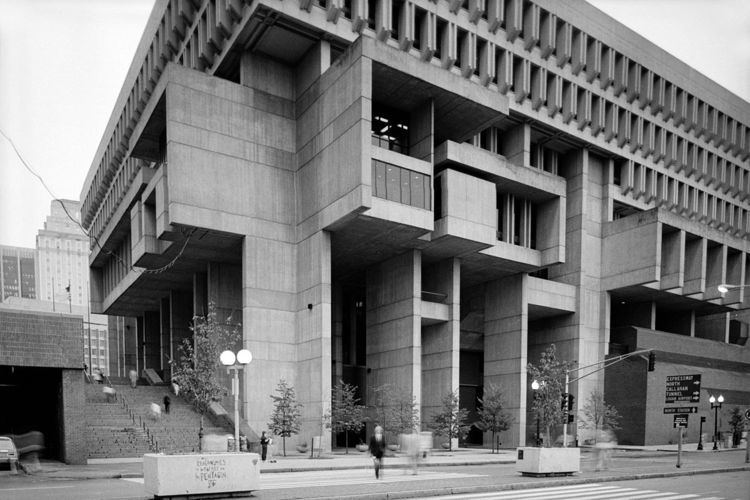 | ||
Béton brut ([betɔ̃ bʁy], raw concrete) is a smooth architectural surface made out of concrete. The concrete is left unfinished or roughly-finished after casting and it remains exposed visually. The final surface often shows the forms and structures of the formwork.
Contents
History and characteristics
The use of béton brut was pioneered by Auguste Perret and other modern architects. It was used in such buildings as Unité d'Habitation in the early part of the twentieth century. It flourished as a part of the brutalist architecture of the 1960s and 70s. This largely gave way to structural expressionism as steel structures became more advanced and viable. Wood-imprinted concrete is still very popular in landscaping especially in some of the western European countries.
Exposed concrete surfaces can be varied with different formwork shetting (e.g. board shuttering, smooth formwork, form liner, form moulds, filter fleeces) or with surface processing techniques (e.g. washed concrete surfaces, photo concrete, acidified surfaces).
